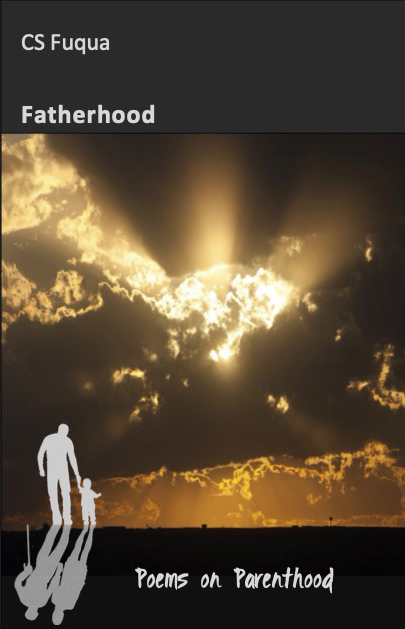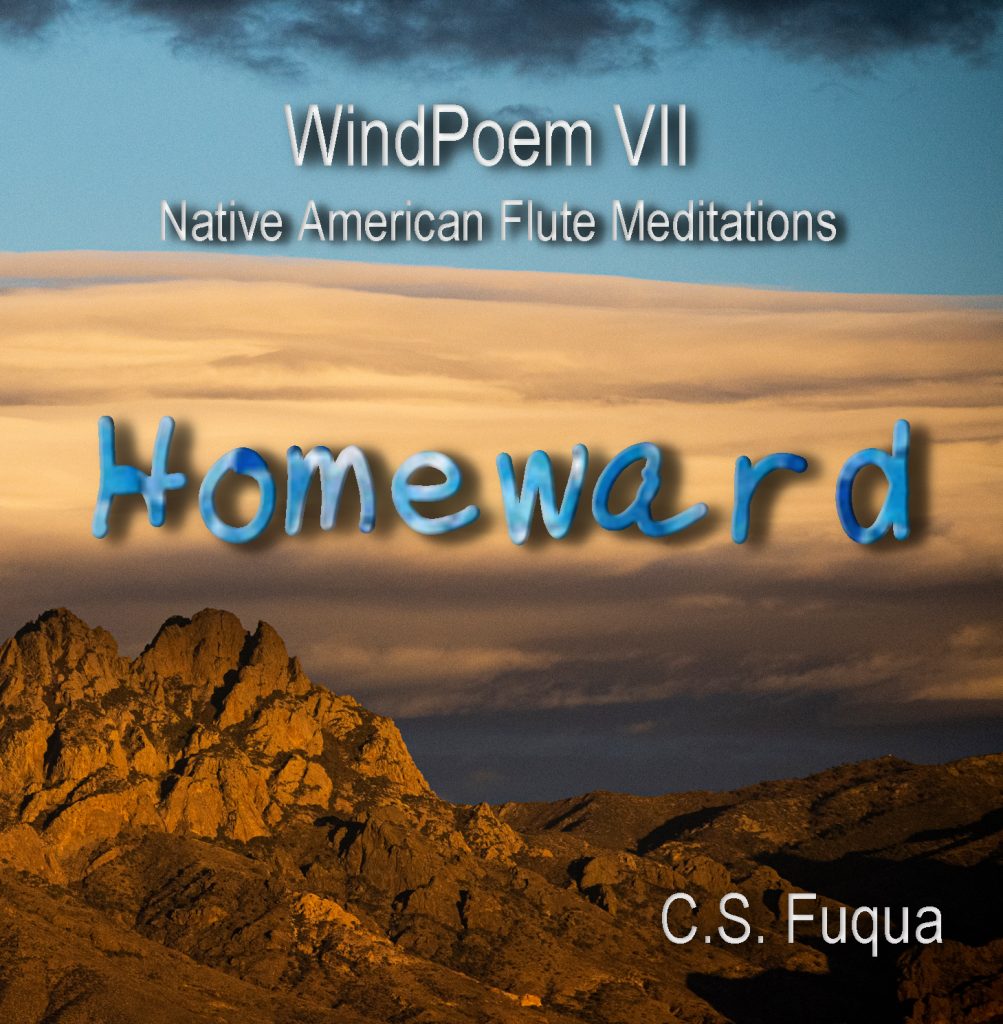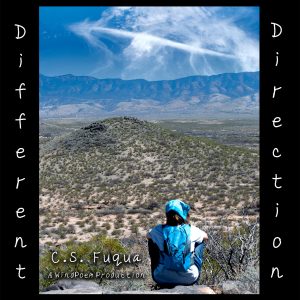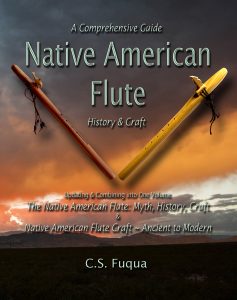Insecurity and salvation.
These two themes recur often yet unplanned in the fiction and poetry I write. They usually emerge from a character’s self-doubt, countered by an unrealistic belief that situations, no matter how awful or threatening, will eventually turn out okay, that adversity will ultimately surrender to peace. But why do these particular themes keep showing up?
A few years ago, a political disagreement with my father ignited in him a firestorm of condemnation of other cultures and races—never mind the mixed racial heritage of my spouse and our daughter. Communication ended abruptly in mutual expletives. After more than five decades, he and I were finally done. I figured I’d never hear from him again, that the next time I visited him would be at his graveside.
The relationship with my father has always been tenuous at best. I felt safe with him only once—in 1958 as he carried me through the hospital parking lot on my way to a tonsillectomy. I was two. Fear soon obliterated that initial sense of safety, thanks to repeated episodes of rage, from verbal abuse and an eagerness to fight, to animal cruelty and domestic violence, a few incidents recounted in my published fiction.
My parents separated when I was twelve. I’d spent that summer of 1968 working in my father’s Phillips 66 service station in Crestview, Florida—sometimes alone and always under order to wear a “Wallace for President” Dixieland hat and campaign necktie. Dad’s small, two-pump station had three restrooms in back, designated as “Men,” “Women,” and “Restroom,” the third to which he directed people of color.
In the station’s front window, he’d hung a hand-drawn recreation of an auto tag that read “Put your (heart symbol) in Dixie, or get your (donkey symbol) out.” One hot day, a traveller from a northern state noticed the sign after I’d gassed his car. “If I’d seen that damn thing,” he snarled, “I wouldn’t have stopped.” I was glad my father was away at the time. Otherwise, a fight would have certainly ensued.
Bizarrely hot-tempered, my father was quick to violence. I witnessed such fury that crippled and killed animals and bruised and broke people both emotionally and physically. I felt a flood of relief and freedom when my parents split and I ended up in Pensacola, Florida, fifty miles from Crestview and my father. Marrying his second wife shortly after the divorce finalized the following year, he moved some forty-five miles north to his hometown, Andalusia, Alabama. With his wife’s deft support, he established a used car dealership that provided a good income, even though he faced legal problems at one point for buying and selling stolen cars. Due more to his wife’s business savvy than his public charm or honesty, he skirted prosecution and became wealthier than he’d ever imagined he would, though it had no effect on his refusal to pay child support, doling out only small portions when I visited him.
During my visits that never exceeded two days, he appeared to have mellowed since the divorce—specifically, his propensity to violence had apparently evaporated. I became jealous of his wife’s two sons whom he’d adopted. They, I believed, enjoyed the father I craved, a reasonable man who respected them enough to do what a parent should do. The emotional distance between us increased while the frequency of my visits decreased. Only after his death did I become aware of the psychological and physical violence he waged against his new family.
My father’s wife died in April 2015, succumbing to cancer. During her decline, her children visited her at home, but not without consequence. When his wife’s daughter said she would not move into my father’s home to take care of him after her mother’s death, he became so livid he threatened to kill her if she ever returned for any reason. She didn’t. When his oldest adopted son visited his mother a few days before she died, my father accused the son of plotting to steal his money and slugged him. The son responded instinctively, knocking my father to the floor.
“Get out!” my father raged. “Get out before I kill you! I’ll put you in the ground you ever come here again!”
Increased paranoia followed his wife’s death and led to rabid accusations that relatives were constantly plotting to steal his land and money. He threatened to kill many and alienated all but one, a cousin whose tolerance ensured the care he needed.
Already receiving thrice-weekly kidney dialysis before his wife’s death, my father had developed a notorious reputation among Andalusia’s medical workers for verbally abusing doctors and dialysis personnel. In early August 2016, he suffered a mild heart attack that placed him in a hospital where doctors determined he’d require rehabilitation center placement upon release. Facilities in his hometown, thanks to his reputation, refused to take him, necessitating placement in a Crestview facility where he existed under sedation most of the time. Shortly after placement, my cousin informed me that his condition had begun to deteriorate rapidly, that he suffered from advanced diabetes, kidney disease, and increasing dementia.
Living in New Mexico, I decided not to visit him. Any possibility of reconciliation, no matter how remote, had surely vanished within his sedation and dementia. Then my wife’s brother in Pensacola died unexpectedly, and we made the 1,350-mile drive to attend his memorial, placing us within forty minutes of the Crestview rehab facility.
On a rainy Wednesday morning in a town that’s grown unrecognizably large since my childhood, the nurse in the rehab facility’s locked wing pointed out my father at the end of a line of wheelchair-bound patients parked along one wall. The greasy pompadour he’d worn most of his adult life had been replaced by shorter hair, brushed into a faux mohawk, the result of a nurse’s playfulness. He stared blankly toward the opposite wall, murmuring. I knelt before his chair and took his hand.
“Dad?”
He slowly turned his gaze.
“You know me?”
After a moment, he nodded almost imperceptibly.
“Who am I?”
He smiled slightly. “Ray,” he whispered.
“No, not Ray.” I had no idea who Ray was. “Try again.”
Something clicked. His face tightened, his lips parted slightly, and he began to cry. “Chris…”
Just as quickly, his expression muddled, and the stare returned. He nodded. And nodded again.
I engaged him in talk as best as possible and took a few photographs.
He held my hand off and on, muttering things like, “I used to have lots of money. No more. It’s okay, it’s okay. Madelyn [his deceased wife] is coming soon.”
Aides began wheeling patients to the dining room for lunch.
“You seen Mama?” he asked. His mother had died some forty years earlier. “She ain’t been by.”
“No, but you’ll see her soon,” I said. “She’s waiting.”
A shadow of a smile played on his lips. He nodded once. “I love everybody.” He nodded again. “Everybody loves me.”
“I’m sure they do.”
He leaned slightly forward. “I’m proud…”
My breath caught as I thought for just a moment that, at last, he was about to express something he’d never before expressed.
“I’m proud,” he whispered again, “real proud of my life.”
I let the breath go. “Yeah, you should be.”
He sat back.
An African-American nurse arrived to take him to the dining room. My father, whose racist rants were legendary, reached for her hand and grinned.
“She’s nice,” he said. “People…people’s the same everywhere.”
The nurse positioned herself behind the chair.
“We need to go,” I said. “Time for you to get some lunch.”
He raised a hand toward my wife—that at one time unsuitable, racially-diverse person who’d married me thirty-eight years before.
“I love you,” he whispered.
She hugged him lightly.
He then held his hand out to me. His face twisted momentarily as though he might cry again.
“I love you,” he said. And he nodded.
“Yeah, I love you, too, Dad.”
His eyes glazed.
I lowered his hand to his lap.
The nurse said, “Y’all can wait or come back after lunch if you’d like.”
We thanked her and stepped aside, and she wheeled him away.
Six days later, the day after our return to New Mexico, he died. My cousin said that he had been en route from dialysis to the rehabilitation center when he went to sleep for the last time.
I didn’t travel to Andalusia for the funeral, but my cousin filled me in. The preacher of the church my father attended—designated as a primary recipient of Dad’s estate after he disinherited his adopted children and me—delivered a glowing tribute that had some attendees wondering who the hell the preacher was talking about.
That’s fine.
Southern preachers consider eulogies sacred opportunities to exploit insecurity to harvest souls by lobbing sizable chunks of fire and brimstone while praising the exceptional life of the dearly departed, now cozied up in heaven with Jesus.
What does it hurt?
Most of us—kind or cruel—reach for higher standards at some point. And we all fail in different degrees. It’s okay to remember people as better than they were. It’s okay to grant a little salvation.
At some point, I’ll stand at my father’s graveside, keenly aware of how he influenced me to strive to be his opposite, of how he will always affect the characters and themes in my fiction and poetry.
Perhaps I’ll thank him.
Perhaps not.





